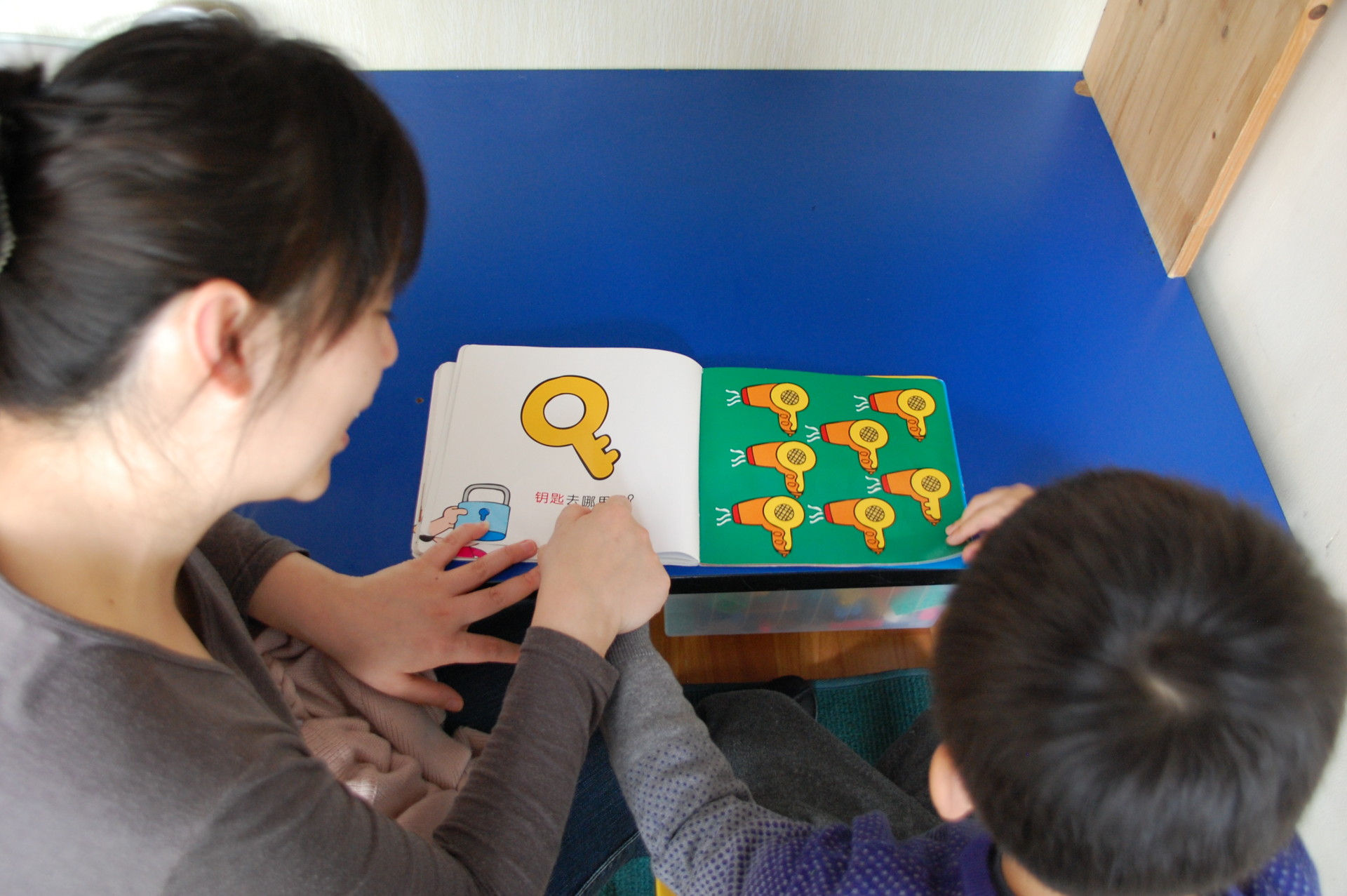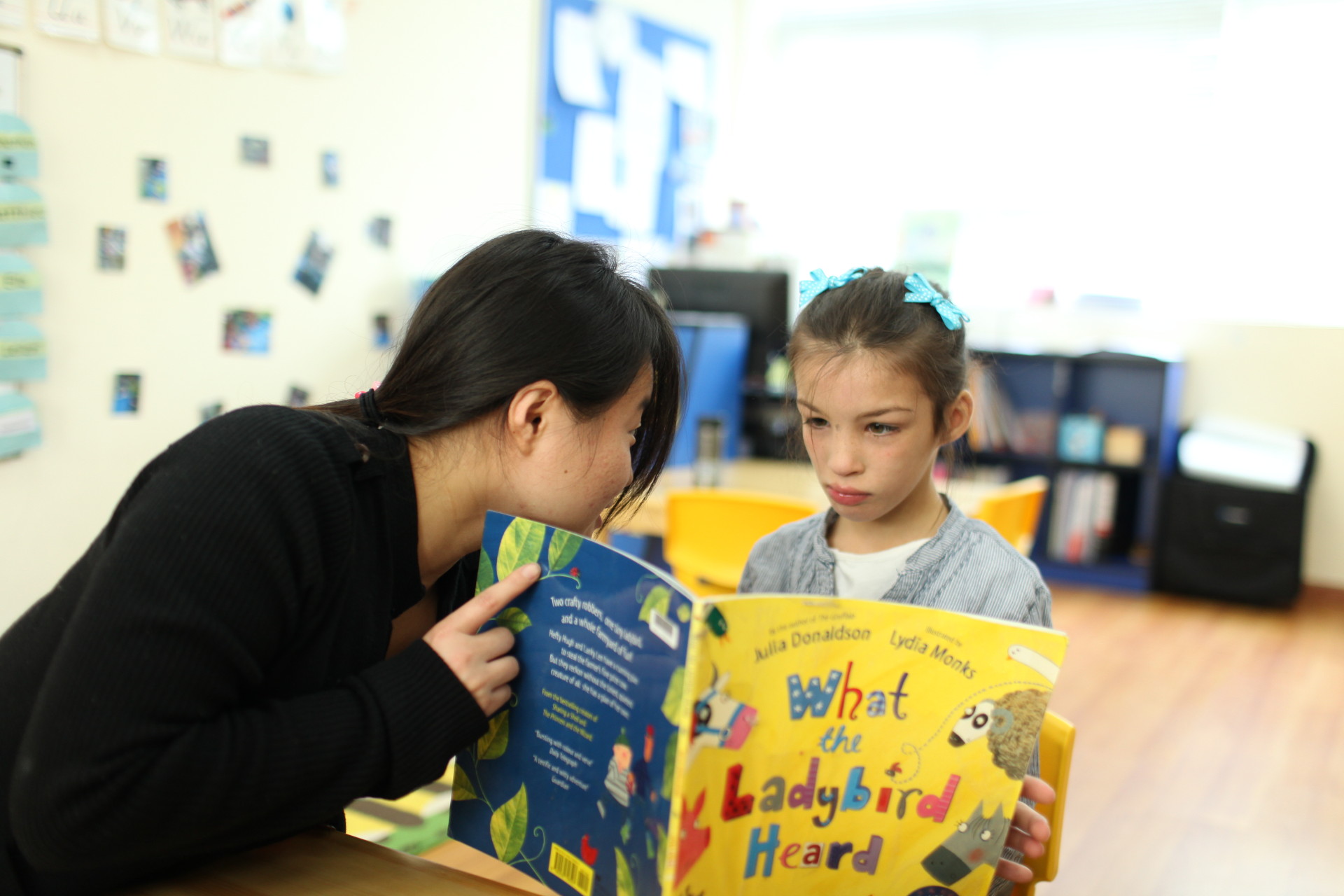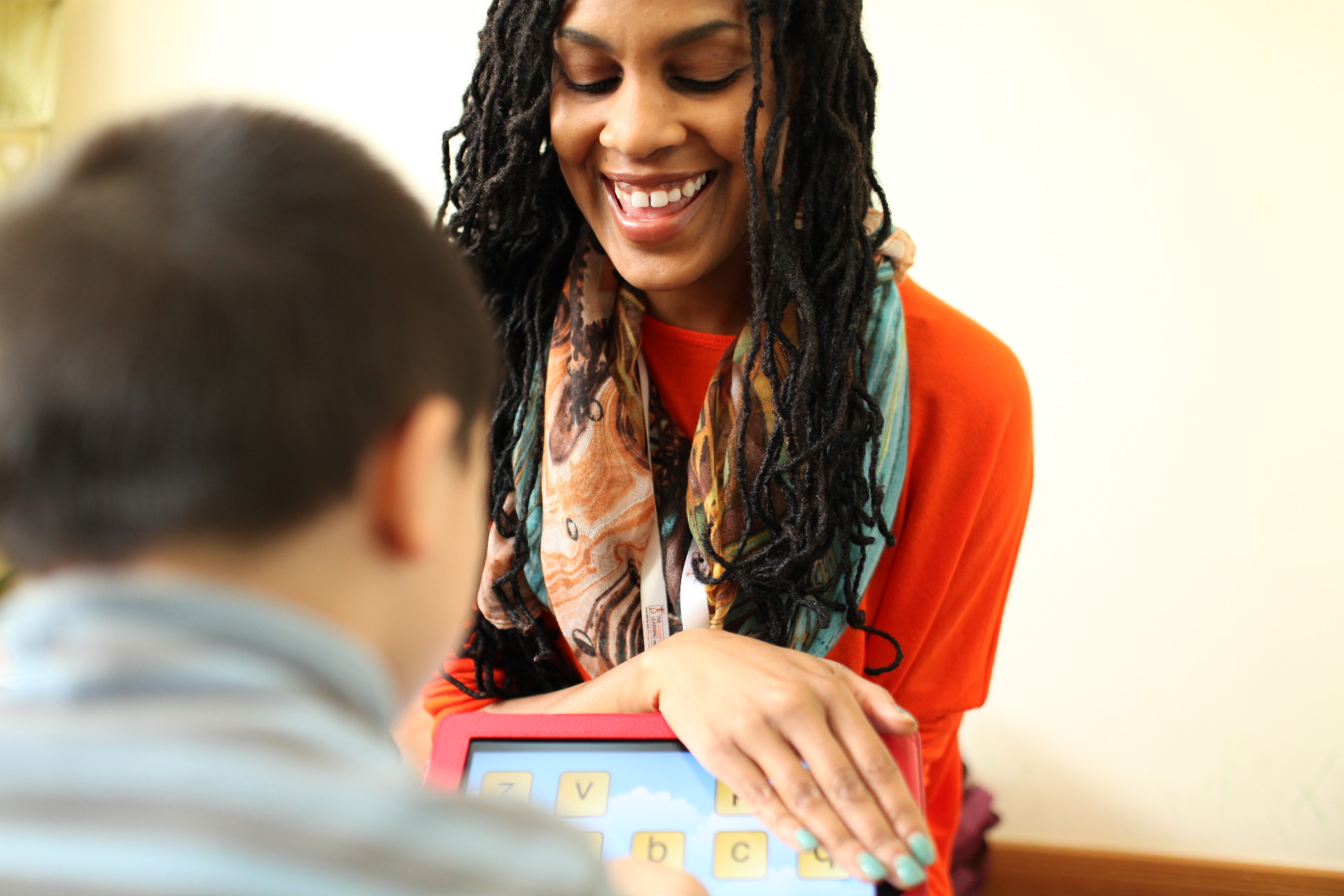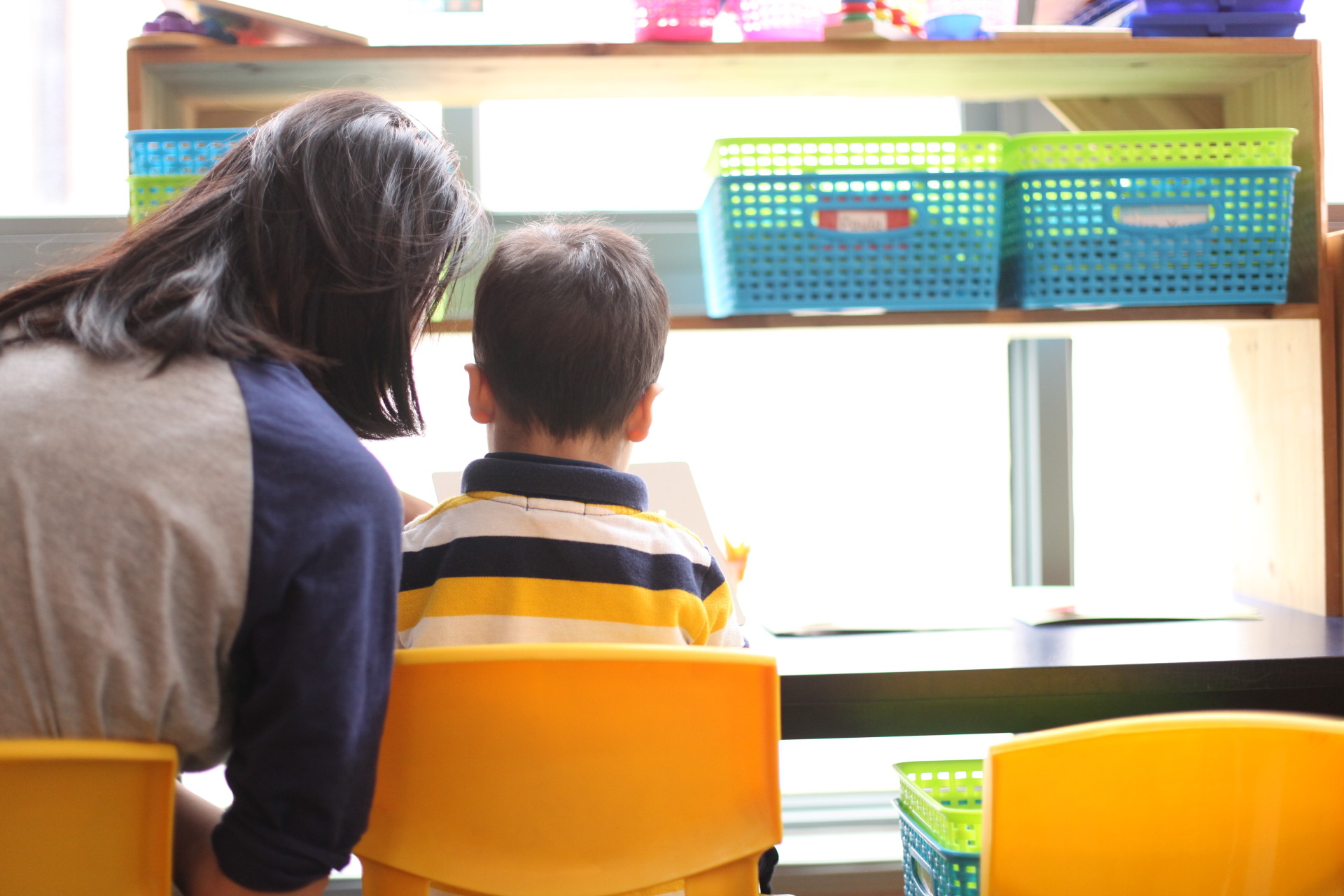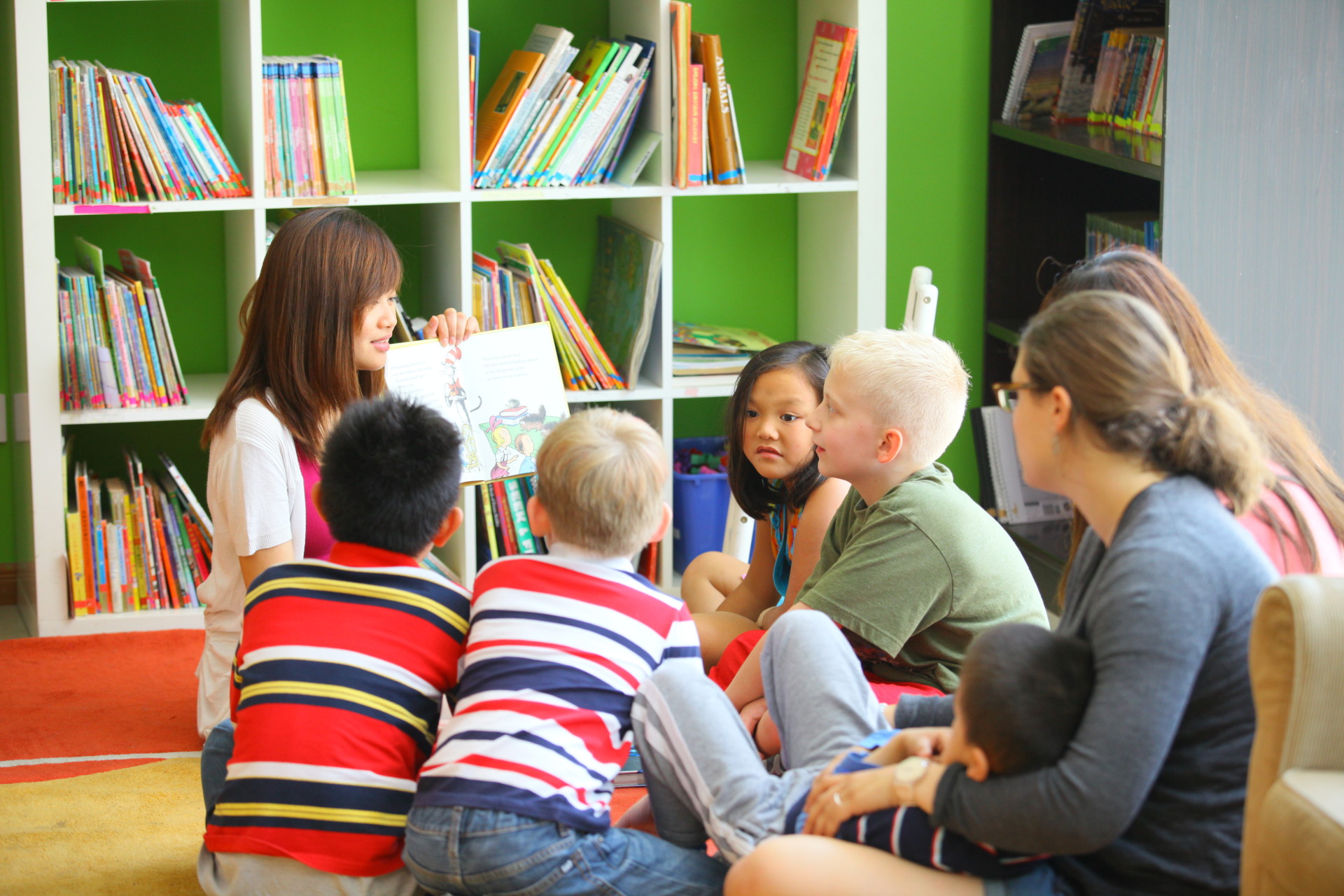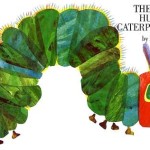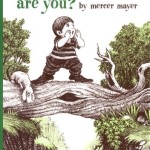Time for Speech!
The most important way you can help your child’s language development is to read with them every day. Books support literacy, and provide a lot of avenues for interaction. Here are my top tips for reading with a child.
Try to read every day. Make it part of your routine, maybe the last thing before bedtime. This way, reading can be embedded into the already existing bed-time routine and that way it can happen daily. You won’t need to find a time to squeeze it into the schedule if you keep it at the end of the day.
Try not to use a vocabulary book. Instead find something with a narrative. It’s far more important that children learn about stories, structure and characters. A storybook includes dynamic and rich language components: such as, characters, a beginning-middle-end, cause and effect, and problem solving. Children can connect with the characters, make predictions, and develop a rich vocabulary through storybooks. Vocabulary books (e.g. 100 first words) do not establish this learning context.
Try to use books with a lot of repetition. Children can easily catch on to the repeating part, and then will feel more comfortable trying to join in with the rest.
Try to find books that rhyme. Rhyming makes remembering phrases easier as well as helping the child anticipate what word will be coming next.
Try not to stay with the words on the page. Just telling a story, using the pictures to illustrate what you are saying, can be far more effective. This allows you to manipulate the story to meet the child’s interests. You can stop and ask them questions, or ask them to help you complete the story (e.g. What do you think will happen next?), and the activity will be more interactive and dynamic.
- Try to have a look one of my personal favorites:
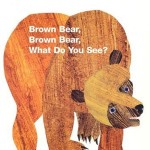
Brown Bear Brown BearWhat Do You See?: lots of repetition and rhyming
The goal is to make reading a dynamic and interactive experience that your child enjoys and can participate in. Regular reading is just one of many strategies you can use to help your child’s language acquisition. If at any time you are worried about your child’s development the best thing to do is to consult with a professional speech language pathologist.

